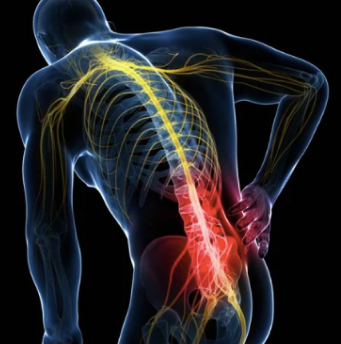
A pain clinic is a healthcare facility that specializes in the diagnosis and management of pain. At Manipal Hospital Dwarka, Delhi, we have a team of expert paramedical staff that can manage a range of medical conditions.
Continue reading to read about the 10 most common conditions that we treat at our pain management clinic in Delhi.
-
Cancer Pain
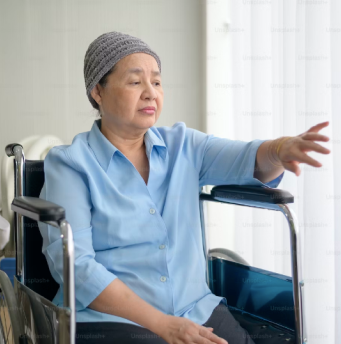
Pain is one of the most common symptoms in cancer patients. It can be caused by cancer, treatment for cancer, or a combination of factors. Cancer pain is managed as per the WHO ladder for pain, escalating to opioid drugs like morphine or fentanyl, and sometimes requiring neurolytic blocks such as celiac plexus block for abdominal pain.
-
Low Back Pain and Sciatica
Low back pain is one of the leading causes of disability globally. About 80% of adults experience low back pain at some point during their lifetimes. It can be due to various reasons ranging from muscle strain to prolapsed intervertebral discs. Low back pain is managed by a multidisciplinary approach which includes posture precautions, medications, exercises, physiotherapy and some minimally invasive interventions like myofascial trigger point injections, Transforaminal or Caudal epidural steroids, Lumbar Dorsal Root Ganglion Pulsed RFA, Facet joint injections and Median Branch Blocks, Sacroiliac joint injection and Lumbar sympathetic blocks. Endoscopic discectomy is also now gaining popularity as a minimally invasive daycare procedure for such pain conditions.
-
Knee Pain

Osteoarthritis is the most common degenerative disorder causing knee pain. The management of knee pain due to OA requires knee exercises and precautions. If swelling or joint effusion is evident, intra-articular injections may be required. Grade 1 or 2 OA patients may benefit from Platelet-rich Plasma injections. In patients with more advanced OA, Genicular nerve Radiofrequency ablation (RFA) may be done for pain relief. Cooled RFA of the genicular nerves is a novel technique providing sustained knee pain relief in such cases.
-
Neck And Arm Pain
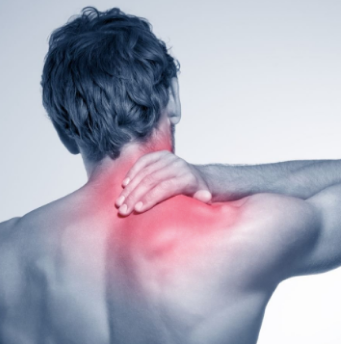
Neck pain is a common problem with two-thirds of the population having neck pain at some point in their lives. Neck pain may arise due to muscular tightness in both the neck and upper back, and pinching of the nerves exiting near the cervical vertebrae. Facet joints in the neck may also be the source of pain. Neck Pain is managed by a multidisciplinary approach which includes posture precautions, medications, exercises, physiotherapy and some minimally invasive interventions like Neck Myofascial Trigger point injections, Cervical Epidural steroids, Cervical Median Branch Blocks for facet pain and Third Occipital Nerve Block.
-
Post Herpetic Neuralgia
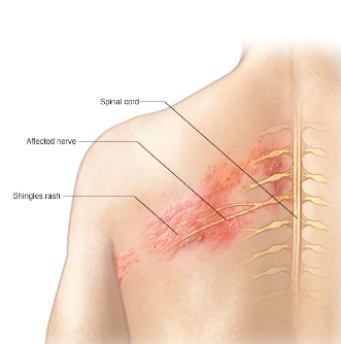
Pain persisting in the region of rashes of Herpes Zoster. It is generally burning, shooting, throbbing or electric shock-like pain, and is most commonly observed in the chest wall region or the face around the eyes. Pain Management includes judicious use of anti-neuropathic medications, topical ointments and nerve blocks.
-
Trigeminal Neuralgia
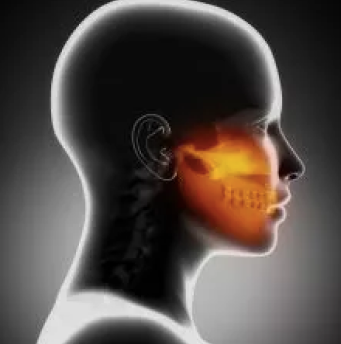
Trigeminal neuralgia is sudden, severe facial pain. It’s often described as a sharp shooting pain or like having an electric shock in the jaw, teeth or gums. It can be managed by oral medication taken over a long period of time. If medication fails to provide relief, minimally invasive interventional pain procedures like Gasserian Ganglion RFA or Balloon Compression of the ganglion may be offered. Neurosurgical procedures are also available to deal with this debilitating disease.
-
Nerve Related (Neuropathic) Pain
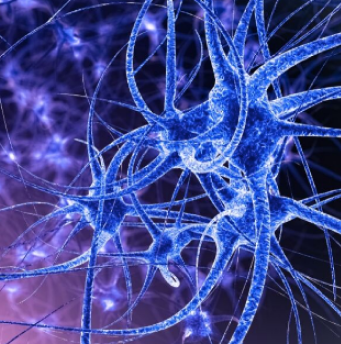
Pain arising from damage or improper functioning of nerves is termed neuropathic pain. It may present as burning, shooting or electric shock-like pain. This pain is usually managed by anti-neuropathic medications. Sometimes nerve blocks may be required to relieve the pain.
-
Fibromyalgia

Fibromyalgia is a common cause of widespread pain in the body. It may be accompanied by other symptoms including fatigue, non-refreshing sleep, impaired concentration, memory issues and mood disturbances. The management of fibromyalgia is multidisciplinary, including medications, physiotherapy and dietary counselling.
-
Complex Regional Pain Syndrome (CRPS)

CRPS is a chronic pain condition that most often affects one limb (arm, leg, hand or foot) usually after an injury. It is believed to be caused by damage to, or malfunction of the peripheral or central nervous systems. Rehabilitation, physiotherapy and psychotherapy are important for managing CRPS. Sympathetic nerve blocks like stellate ganglion block or lumbar sympathetic plexus block may be required.
-
Coccydynia (Tall Bone Pain)
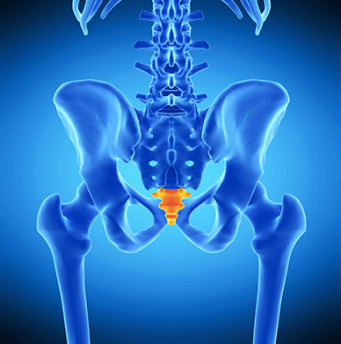
Coccyx Pain, also known as coccydynia, is pain over the region of the tailbone, particularly aggravated on sitting. It can be managed by simple conservative measures like the use of a doughnut pillow and sitz bath. A course of NSAIDs is usually required. If pain persists, minimally invasive interventions in the form of local injections or ganglion impar block may be offered.
Contact now with our pain medicine specialist to learn effective ways to manage pain after and while going through complex medical procedures. We also invite you to explore our official blog page to read medically accurate information on topics related to health and nutrition.



















 5 Min Read
5 Min Read